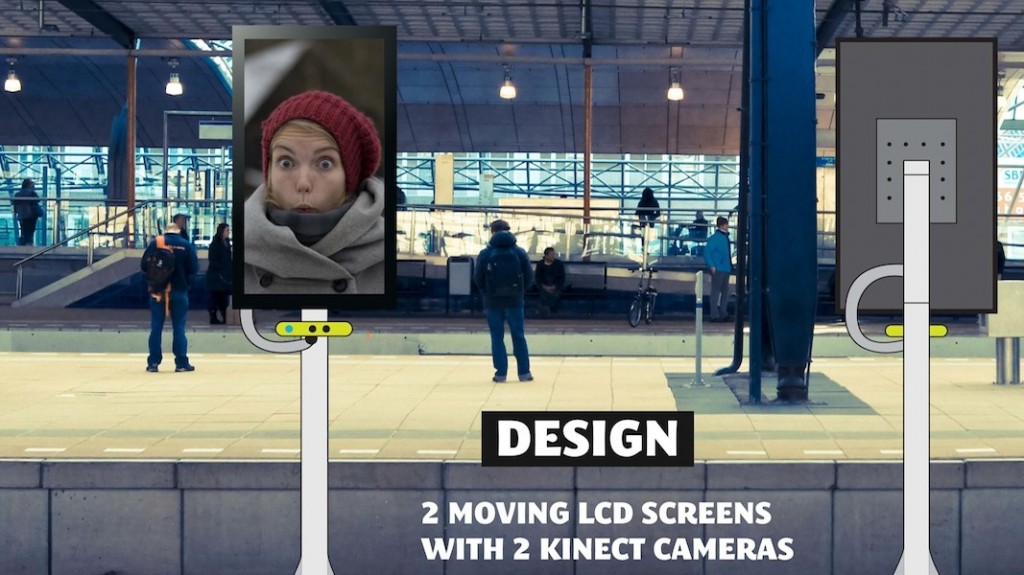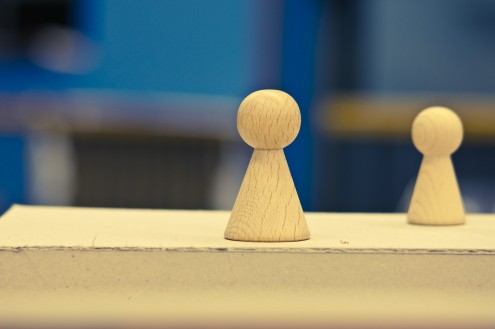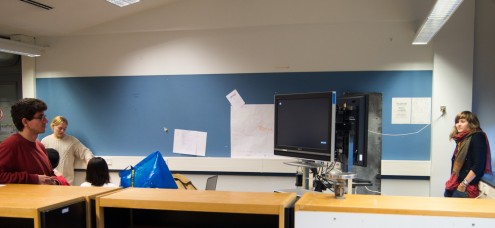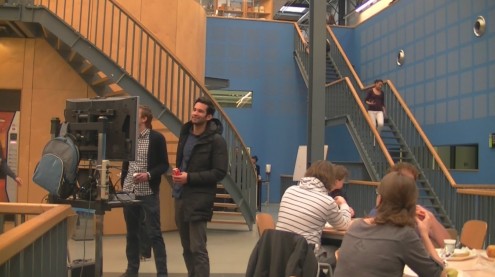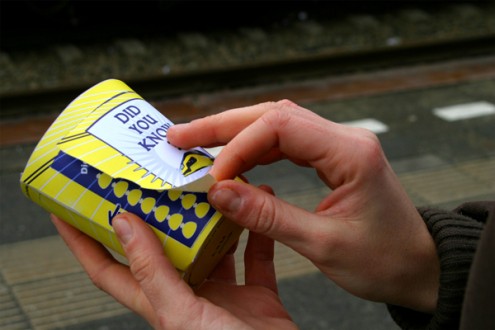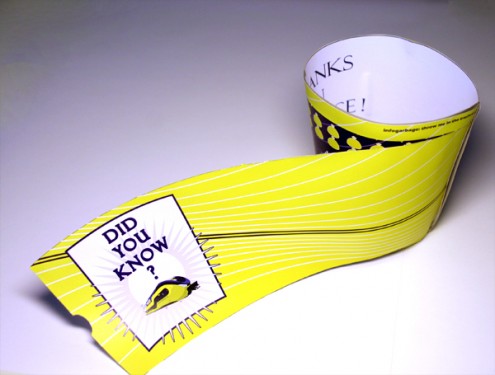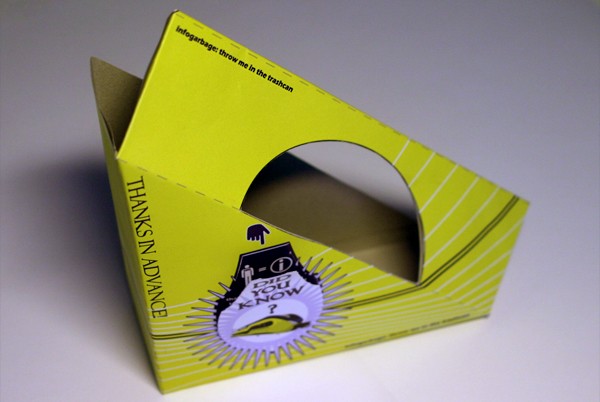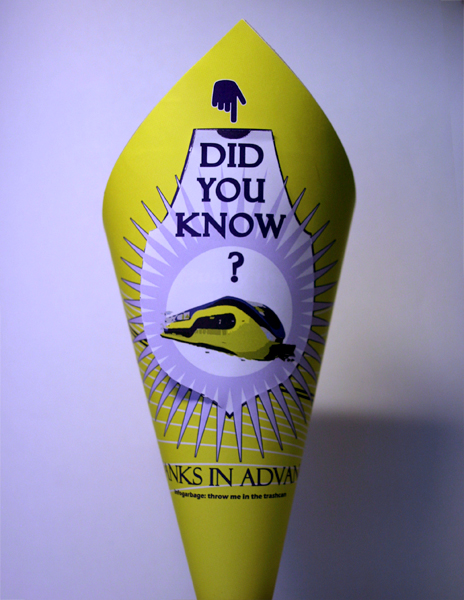By: Jaap Gerritsen
Keywords: Travel, Communication, Tempting, Exposing
Final presentation poster: Click here
Goal & Interaction vision:
Let train travelers waiting on the platform become more aware of and let them establish contact with the people around them.
Tempting awareness. Tempt people to look at others and tempt people to allow others to look at them.
Research Explorations:
Gain insight in the behavior of people waiting on or in trains in relation to the people waiting around them.
Phenomena: People don’t interact with others and try to distract themselves.
Observations: Most people travel alone. They are bored and look for distractions by using their phone/music player/newspaper/book or by looking around, mainly in the direction of the arriving train or the other side of the platform.
Context mapping and interviews: I sensitized participants about traveling and waiting, from the interview I learned about how/where people get into contact with others and who those others are.
Literature: General social behaviour in public transport/spaces.
Main conclusion: most people need a motive to start interacting with other people in public transport.
Design Explorations:
Mockup: Scale model of two facing platforms with people on it and a magnifying glass in the middle to visualize the effect and tension of seeing others and being seen magnified yourself.
Test 1: Observe behavior of two groups in separate rooms connected through Skype using two large displays/webcams. Groups were first somewhat uncomfortable but ended playing games together. Participants were more comfortable not seeing themselves on the screen. http://www.youtube.com/watch?v=uB3UEe_Vwwk
Test 2: Observe behavior and ask experience about seeing the faces of people also present somewhere in the same location on a Laptop and large display using webcam. People were attracted towards the screen, because of the large faces on the screen and a video effect on top of it. The also started looking around them to see where the images came from and wondered if it was real or fake. http://www.youtube.com/watch?v=mjGAvYHs3Y0
Final Design:
The final design consists of two large mobile LCD screens between the tracks of two facing platforms. Each LCD screen has an integrated Microsoft Kinect which captures and tracks the people and their movements. This data is sent to the other screen which zooms in on the person’s face. This way people’s faces from both platforms can be seen 7 times larger/closer on the other side. The LCD screens are automatically moving from the beginning of the platform to the end and stop when they’ve spot a person, follow this person for a moment and move on. The images on the screen attract the attention of other travelers curious where the image is coming from, while in the same time their face is being projected on the other screen.

